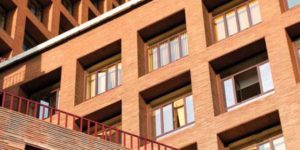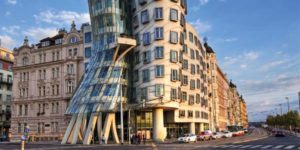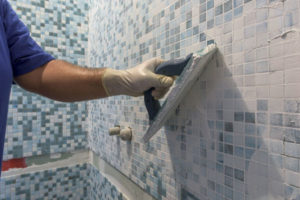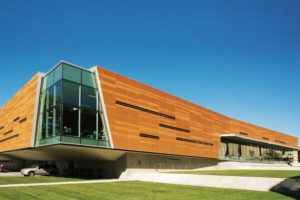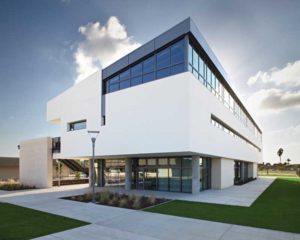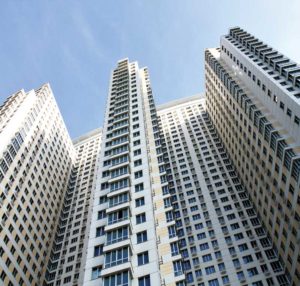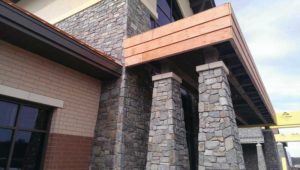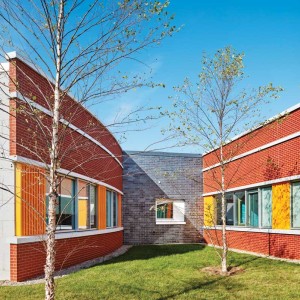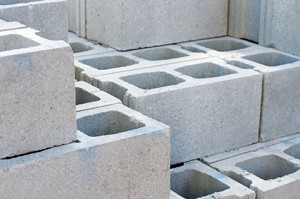Loadbearing walls with brick veneer and concrete masonry units (CMUs) were built as solid walls in the first half of the 20th century. Brick veneer and the CMU backup wall were bonded to a solid wall to carry the dead and live loads.
+ Read More
|
Today, more architectural firms are pushing the limits of building design. In turn, designing a safe and efficient building envelope is becoming more complex.
+ Read More
|
All too often, design/construction professionals end up in a rush to pump out bids that seem to be routine, everyday tasks. What happens when you are awarded a project, then come to find out you were low bid for all the wrong reasons?
+ Read More
|
In the United States, 82.5 percent of the population is urban—a number translating to more than 268 million people in 2016. (This number was obtained from the United Nations [UN] Populations Division’s World Population Prospects: The 2015 Revision.)
+ Read More
|
Specification writers must now consider more performance criteria than ever before. As the list of new products continues to grow, design professionals must determine how to reach more stringent targets for indoor environmental quality and energy consumption.
+ Read More
|
Even those best-designed, well-constructed buildings degrade if the appropriate exterior coating and finishes are not applied and maintained in a timely manner—this is especially true for demanding environments.
+ Read More
|
The importance of understanding the flashing design principles and installation requirements between the masonry wall assembly and the roof flashing system cannot be understated. All too often, the exterior masonry walls of a building structure are thought of as being watertight and require little or no maintenance.
+ Read More
|
Adhered masonry veneer assemblies are gaining a greater share of the building enclosure market because architects and building owners like their appearance, thin profile, lightweight features, and potential for cost savings.
+ Read More
|
Designers are creating new and exciting contemporary masonry designs that demand clean, smooth wall plane elevations. One challenge that can interfere with unobstructed aesthetics is the visual effects of masonry drip-edge flashing. This potential obstacle has also carried through to traditional masonry design.
+ Read More
|
Masonry is inherently a sustainable building material, thanks to its attributes contributing to resiliency—including protection against rotting, mold, and termites—that translates into lower maintenance costs and reduced need for virgin products.
+ Read More
|
|
|


